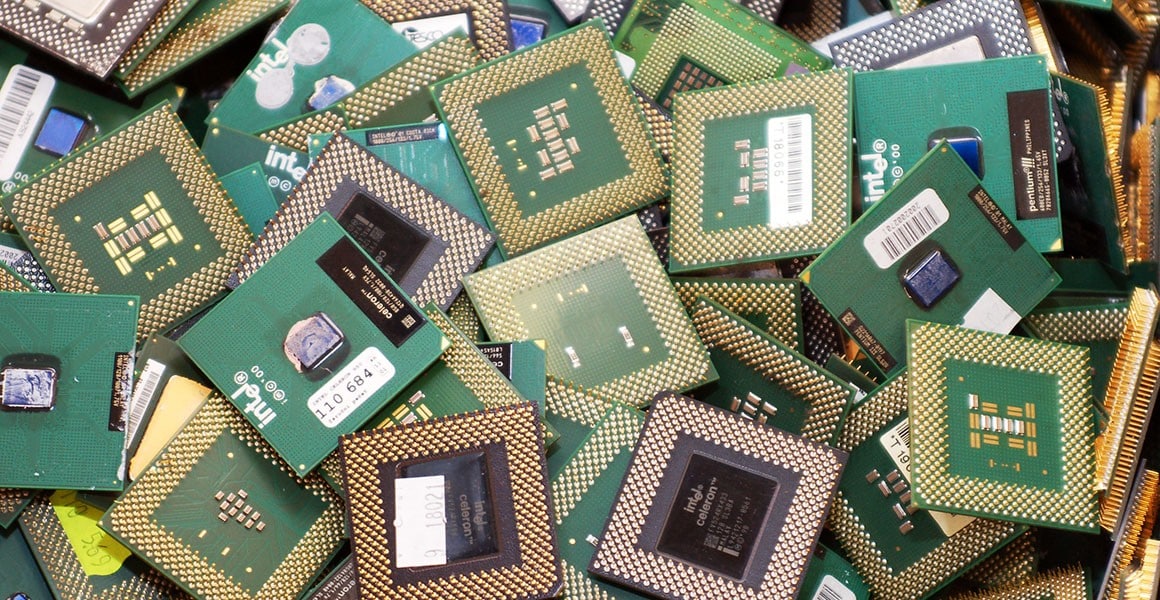
Humankind’s insatiable demand for electronic devices is creating the world’s fastest-growing waste stream. Some forms are growing exponentially. The United Nations calls it a tsunami of e-waste.
While more electronic devices are part of the problem, they also can be a big part of the solution. A more digital and connected world will help us accelerate progress towards the United Nations Sustainable Development Goals (SDGs), offering unprecedented opportunities for emerging economies.
Get it right and we will see a lot less of our precious minerals, metals and resources dumped into landfill. The benefit to industry and workers as well as the health of people and the environment could be enormous. It is crucial we swiftly employ a more circular vision in this sector.
That’s why tackling this issue head-on is now seen as a crucial task for a number of global agencies, including the International Telecommunication Union (ITU), the International Labour Organization (ILO), the United Nations Environment Programme (UNEP) and other members of the E-waste Coalition. ITU member states, for instance, recently set a target to increase the global e-waste recycling rate to 30%.
These agencies, along with the World Economic Forum and the World Business Council for Sustainable Development, have released a joint report which calls for a new circular vision for the sector. The economic arguments are strong. If we look at the material value of our spent devices, globally this amounts to $62.5 billion, three times more than the annual output of the world’s silver mines, according to data in the new Global E-Waste Report. More than 120 countries have an annual GDP lower than the value of our growing pile of global e-waste.

By harvesting this valuable resource, we will generate substantially less CO2 emissions when compared to mining the earth’s crust for fresh minerals. It makes sense too – there is 100 times more gold in a tonne of mobile phones than in a tonne of gold ore.
Extending the life of electronic products and re-using electrical components brings an even larger economic benefit, as working devices are certainly worth more than the materials they contain. A circular electronics system – one in which resources are not extracted, used and wasted, but re-used in countless ways – creates decent, sustainable jobs and retains more value in the industry.
If ocean plastic pollution was one of the major environmental challenges we finally woke up to in 2018, the ebb and flow of public opinion could and should turn to electronic waste in 2019. The numbers are astounding; 50 million tonnes of e-waste are produced each year, and left unchecked this could more than double to 120 million tonnes by 2050.
It is hard to imagine even 50 million tonnes, yet this is equivalent in weight to all the commercial aircraft we have ever built throughout history, or 4,500 Eiffel Towers, enough to cover an area the size of Manhattan – and that’s just one year’s worth of the e-waste we create.
This mushrooming stream of screens, cables, chips and motherboards is fuelled by our love of devices, many of which are connected to the internet.









